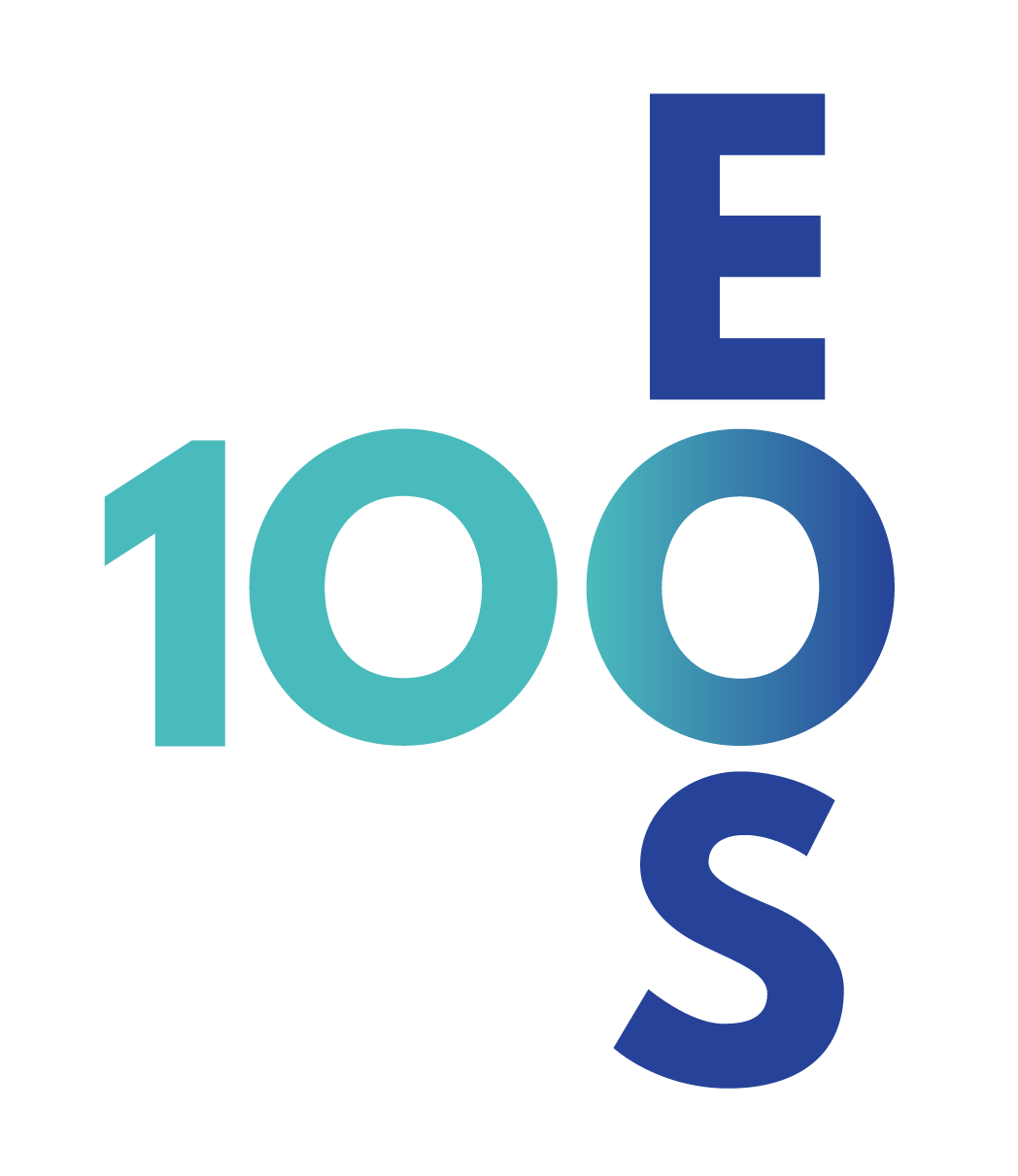)
Ambra Michelotti
Orthodontics and Temporomandibular Disorders: my long journey
The relationship between orthodontics and temporomandibular disorders (TMD) represents one of the major controversies reported in the scientific literature. Evidence from large population-based surveys point toward weak and inconsistent associations, supporting that the role of the occlusion in the etiology of TMD should not be overstated. Also, traditional orthodontic treatment seems to play a neutral role with regard to the onset of TMD: in particular, this therapeutic approach has been reported not to prevent or to increase the risk of TMD development.
Orthodontists should be aware about the multifactorial etiology of TMD and should be instructed regarding the available tools to manage patients before, during, and after any orthodontic intervention. A routine TMD-related examination before the commencement of orthodontic therapy appears to be crucial. It is mandatory to start by taking a thorough history and a comprehensive TMD examination to assess pain intensity, interference in function due to pain, and distress. As a general rule, it is not recommended to initiate an orthodontic treatment until the pain is managed. Furthermore, whenever TMD signs and symptoms appear during an orthodontic treatment it is generally suggested to stop the active treatment and to manage the pain with full available methods. Orthodontic treatment can be continued as previously planned or, if necessary, modified according to the patient's conditions, when the patient is pain-free.
Aims and objectives
- Potential risk factors, including the role of occlusion and orthodontics, will be analysed with a focus on the biopsychosocial model.
- The classification according to the diagnostic criteria for TMD (DC/TMD) will be explained.
- Finally, the management of the patient presenting TMD signs and symptoms before or during the orthodontic treatment will be analysed.
Learning outcomes
- Temporomandibular Disorders: understand potential risk factors, including the role of occlusion and orthodontics.
- The diagnosis of TMD according to validate diagnostic criteria.
- The management of the patient presenting TMD signs and symptoms before or during the orthodontic treatment.
Speaker biography
Professor Ambrosina Michelotti graduated in Dentistry (DDS) in 1984 and received the Honorary Degree in Dentistry at the University of Malmo (Sweden) in 2018. In 1991 she's got the degree of specialist in Orthodontics. She is full professor in Orthodontics and Clinical Gnathology. She is director of the post-graduated School in Orthodontics and responsible of the Master course on “Orofacial pain and Temporomandibular Disorders” at the University of Naples Federico II. She has authored or co-authored more than 200 papers published in Italian and international journals, and co-author of several book chapters. She also gave numerous lectures at international congresses. Her research interests are mainly focused on clinical orthodontic, the basic physiology of the jaw muscles, on the etiology, diagnosis and management of temporomandibular disorders and on the relationship between the jaw musculature and orthodontics.
She was the president of the European Academy of Craniomandibular Disorders (2010), President of the Neuroscience group of IADR (2011); President of SIDA (società italiana di disfunzioni ed algie temporomandibular; 2012-2013); President of the RDC/TMD Consortium at the International Association of Dental Research (2013-2014); President of the Italian Board of Orthodontics (2020-2021), President of the European Society of Oral Physiology (2024), President elected of the SIG-Orofacial Pain di IASP (2026) and President elected of the Italian Society of Orthodontics (SIDO – 2028).
Editor in Chief of the Orthodontic and Craniofacial Research journal, Associate Editor of the European Journal of Oral Science, Associate Editor of the Journal of Oral Rehabilitation, member of the Editorial Board of the European Journal of Orthodontics and referee of several national and international journals.

